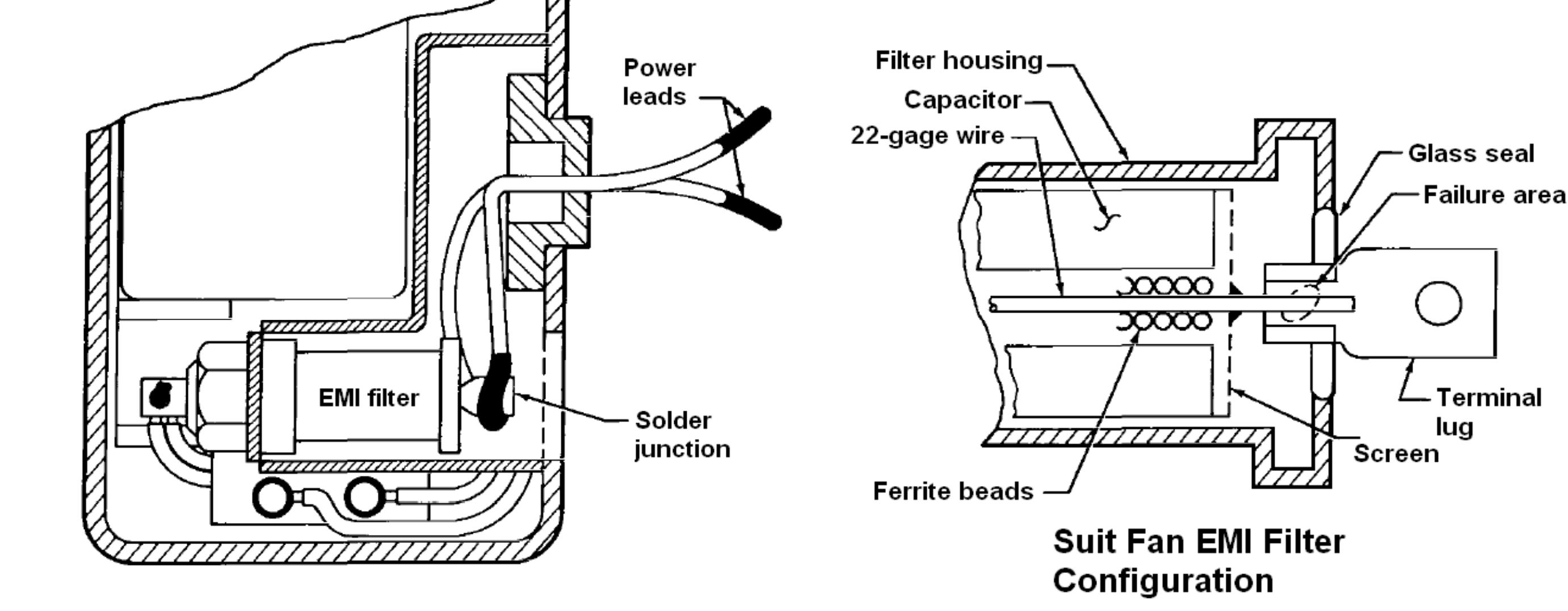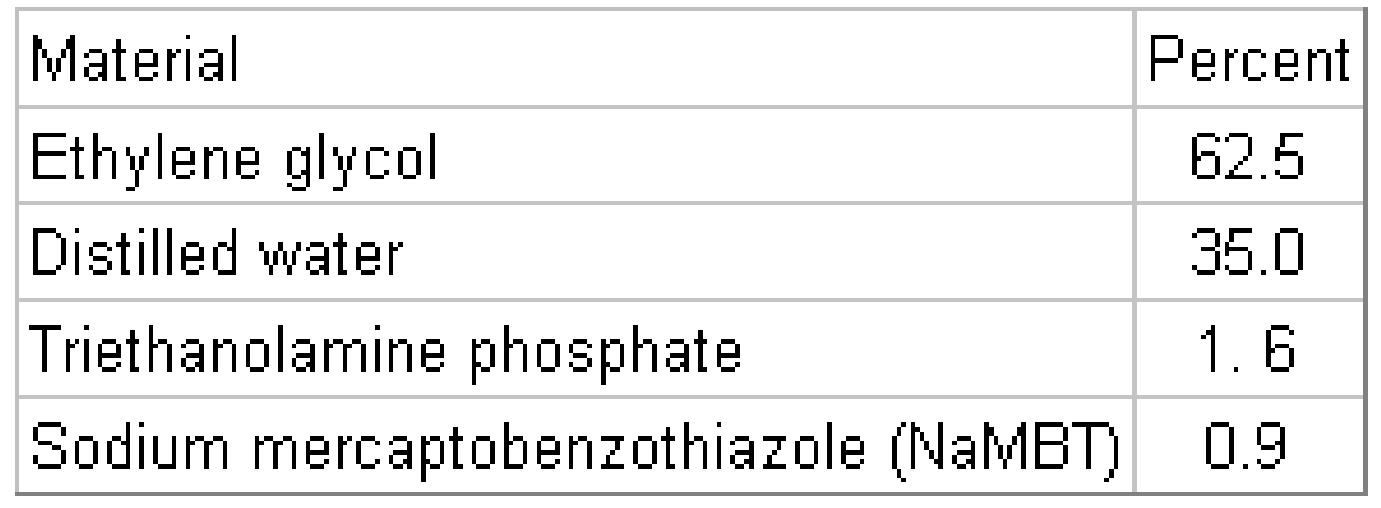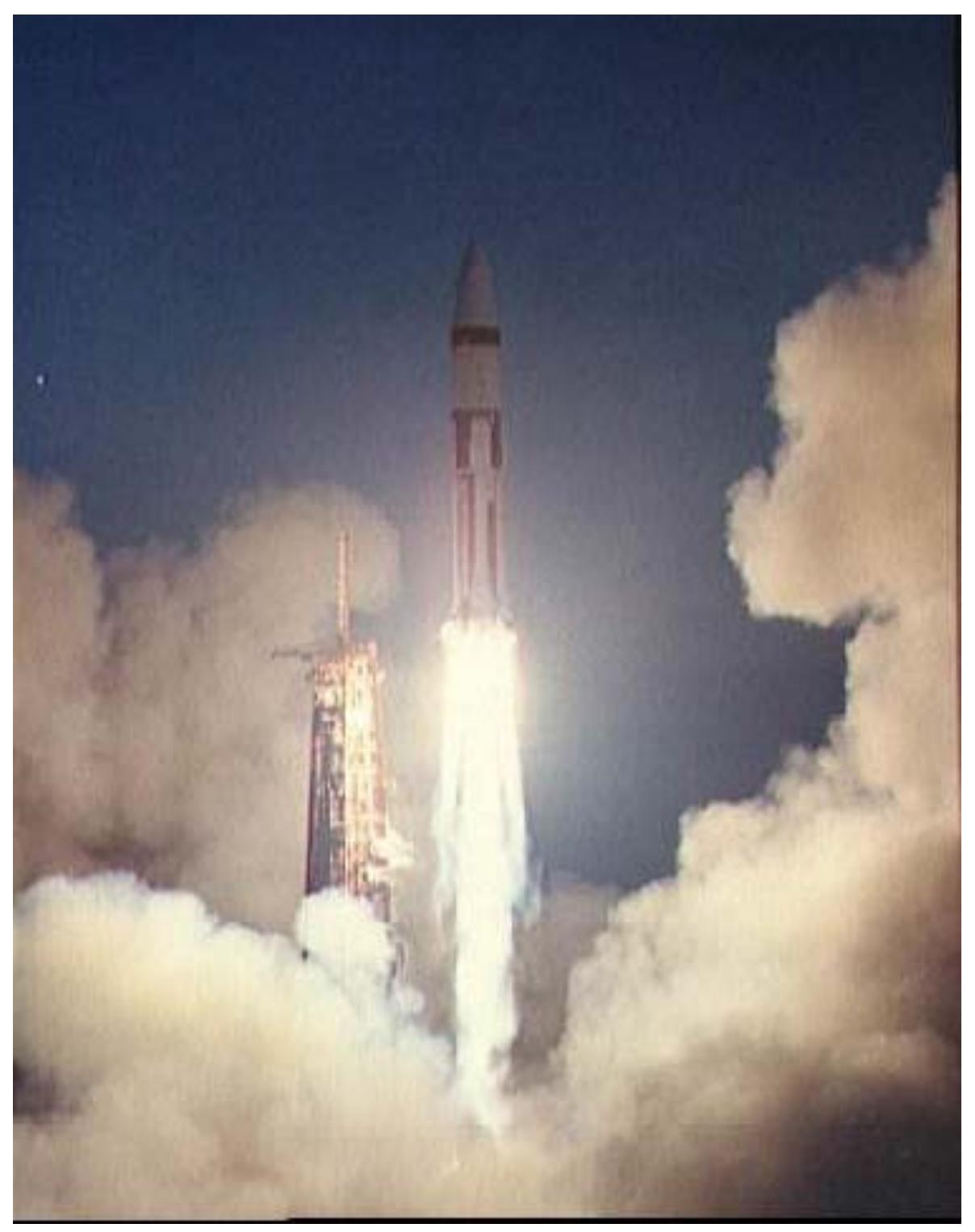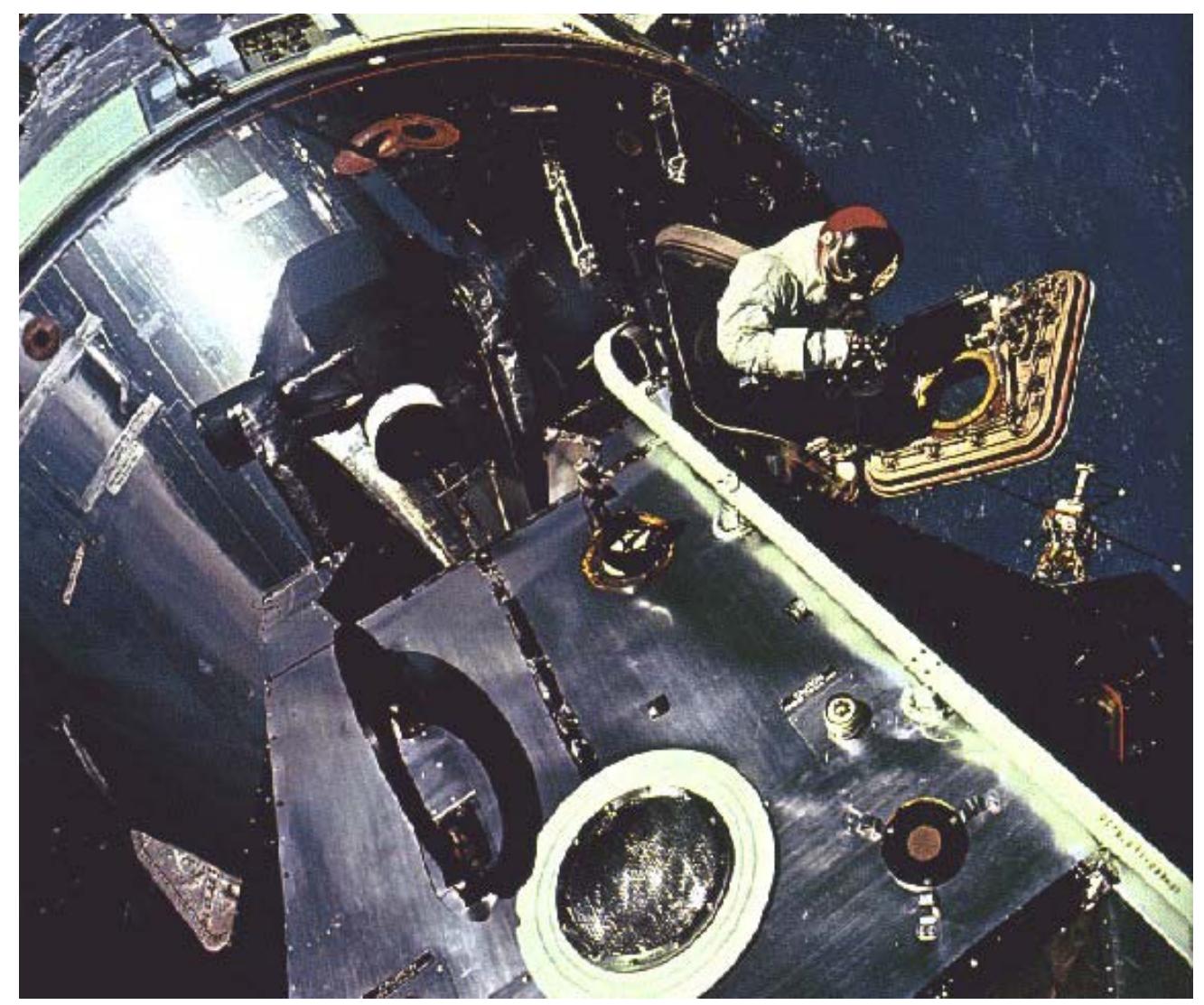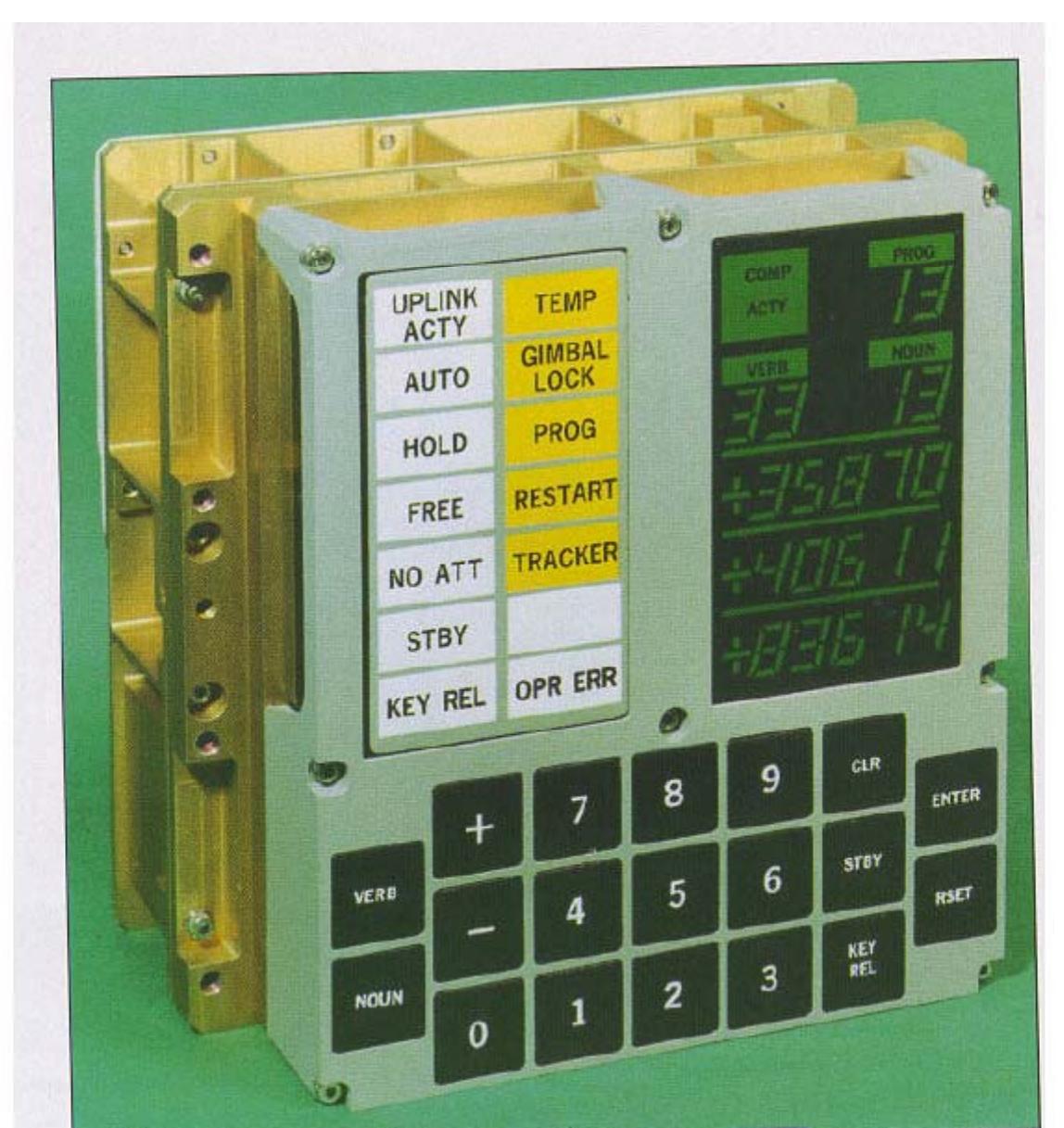Key research themes
1. How did scheduling and program management evolve during the Apollo space programme to address the complexities of human spaceflight missions?
This theme explores the methodological innovations in scheduling and program management used in the Apollo programme amid evolving technical and political challenges. The unique two-dimensional 'time map' methodology reveals how management's visions of the future mission timelines shifted historically, which is vital for understanding program credibility and decision-making under high uncertainty and complex coordination.
2. What role did human factors and astronaut experiences play in informing extravehicular activity (EVA) systems design during Apollo and future lunar missions?
This theme investigates how firsthand astronaut interviews and operational feedback from Apollo lunar surface missions contributed to defining EVA system requirements. Such investigations help refine design areas such as suits, life support, dust control, tools, automation, and mission operations, critical to ensuring the safety and effectiveness of humans operating under lunar conditions.
3. How has the Apollo programme shaped scientific knowledge and cultural narratives about the Moon and human space exploration?
This theme examines the dual scientific and symbolic significance of Apollo discoveries and their impact on lunar science, public perception, and cultural mythology. It spans how centuries of lunar observations culminated in Apollo's definitive data and how the programme itself inspired mythopoetic interpretations reflecting human creativity, societal aspirations, and archetypal dramas.



































